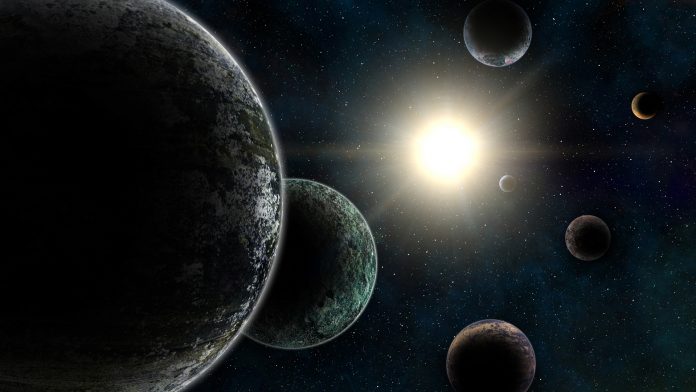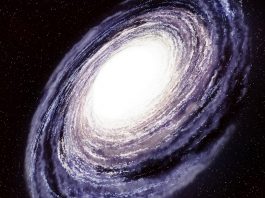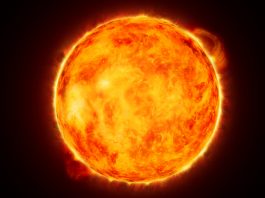A collaboration of researchers are utilising data from the dwarf planet Vesta to better comprehend the earliest era of our solar system.
Scientists have applied data from meteorites derived from Vesta, a dwarf planet, to solve the ‘missing mantle problem’ and gather more information about the solar system’s early era, in the first two million years after it started to form.
These novel findings have been published In the journals Nature Communications and Nature Astronomy.
A valuable comparison study
Vesta is the second-largest body in the asteroid belt, at a size of 500km across. The dwarf planet is big enough to have developed in a similar way to rocky, terrestrial bodies such as the Earth, the Moon and Mars.
In the early existence of these bodies, they were balls of molten rock heated by collisions. Iron and the siderophiles, or ‘iron-loving’ elements like rhenium, osmium, iridium, platinum and palladium, sank to the centre to form a metallic core, leaving the mantle poor in these elements. As the planet cooled, a thin solid crust formed over the mantle. At a later time, meteorites brought iron and other elements to the crust.
Meteorites from Vesta
Most of the bulk of a planet like Earth is the mantle. However, mantle-type rocks are uncommon with asteroids and meteorites.
“If we look at meteorites, we have core material, we have crust, but we don’t see mantle,” said Qing-Zhu Yin, professor of Earth and planetary sciences in the UC Davis College of Letters and Science. Planetary scientists have called this the “missing mantle problem.”
For the research, Yin and UC Davis graduate students Supratim Dey and Audrey Miller worked with first author Zoltan Vaci at the University of New Mexico to describe three newly found meteorites that do comprise mantle rock, known as ultramafics that consist of mineral olivine as a core component. The UC Davis team provided detailed analysis of isotopes, constructing a fingerprint that enabled them to distinguish the meteorites as coming from Vesta or a very similar body.
“This is the first time we’ve been able to sample the mantle of Vesta,” Yin explained. NASA’s Dawn mission remotely examined rocks from the largest south pole impact crater on Vesta in 2011 but did not discover mantle rock.
Understanding the early solar system
Due to its tiny size, Vesta developed a solid crust much earlier than larger bodies such as the Earth, the Moon and Mars. Therefore, the siderophile elements that accrued in its crust and mantle produce a record of the very early solar system after core formation. Over time, collisions have broken pieces off Vesta that occasionally fall to Earth as meteorites.
“Because Vesta formed very early, it’s a good template to look at the entire history of the Solar System,” Yin added. “This pushes us back to two million years after the beginning of solar system formation.”
It was previously understood that Vesta and the larger inner planets may have obtained much of their material from the asteroid belt. However, a significant result from the study was that the inner planets (Mercury, Venus, Earth and Moon, Mars and inner dwarf planets) obtained the majority of their mass from colliding and merging with other large, molten bodies early in the solar system. The asteroid belt itself signifies the leftover material of planet formation but did not contribute much to the larger worlds.
Additional coauthors on the Nature Communications paper are: James Day and Marine Paquet, Scripps Institute of Oceanography, UC San Diego; Karen Ziegler and Carl Agee, University of New Mexico; Rainer Bartoschewitz, Bartoschewitz Meteorite Laboratory, Gifhorn, Germany; and Andreas Pack, Georg-August-Universität, Göttingen, Germany. Yin’s other coauthors on the Nature Astronomy paper are: Alessandro Morbidelli, University of Nice–Sophia Antipolis, France; Wladimir Neumann, Universität Heidelberg, Germany; James Day, Scripps Institute of Oceanography, UCSD; David Rubie, University of Bayreuth, Germany; Gregory Archer, University of Münster, Germany; Natalia Artemieva, Planetary Science Institute, Tucson; Harry Becker and Kai Wünnemann, Freie Universität Berlin.









